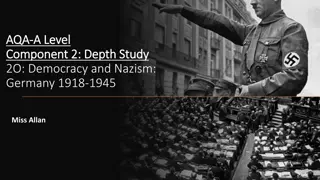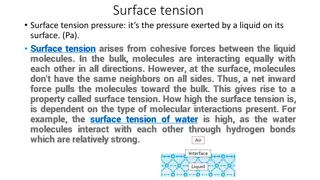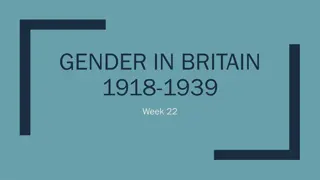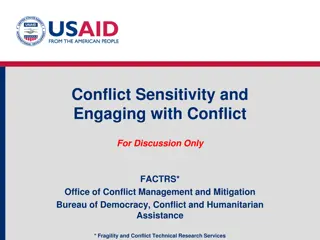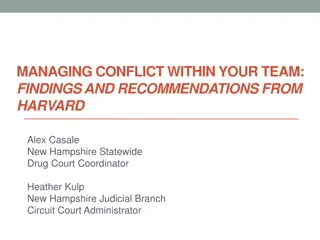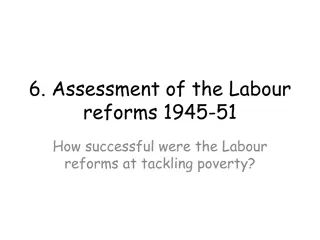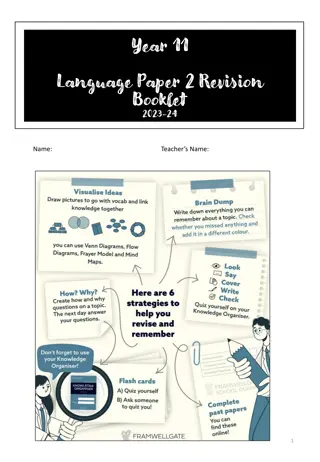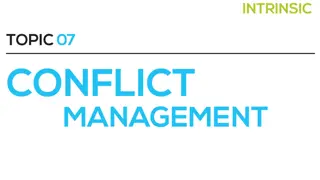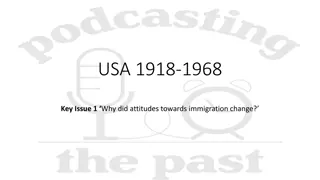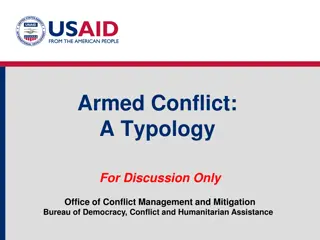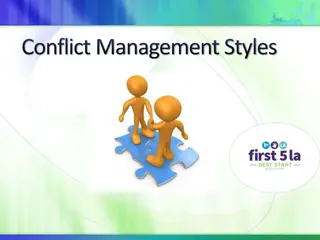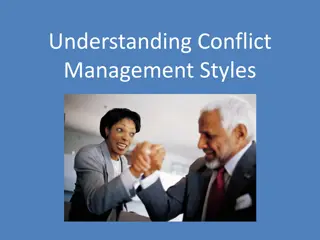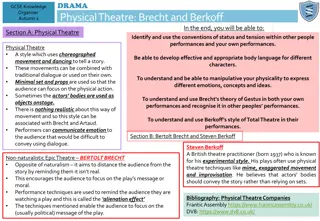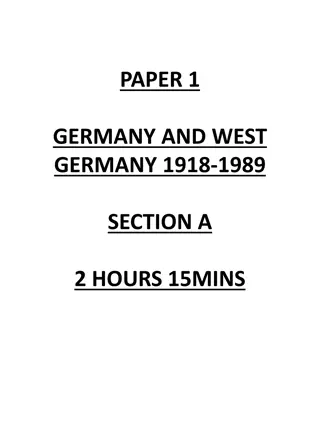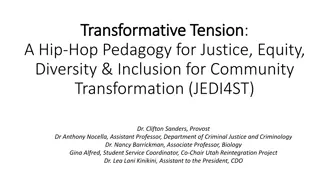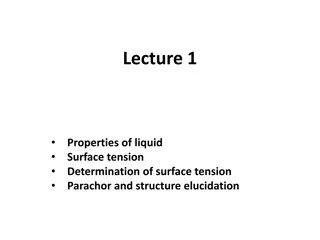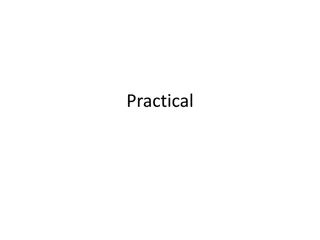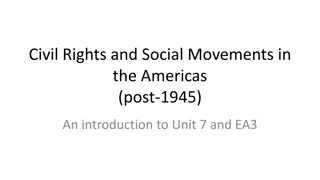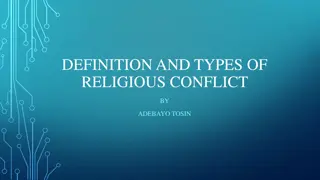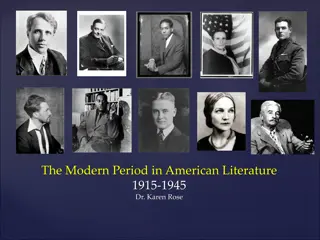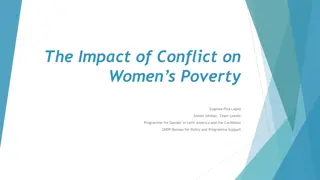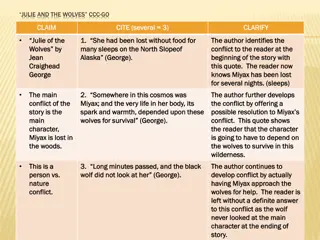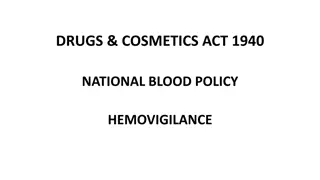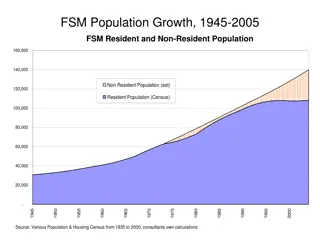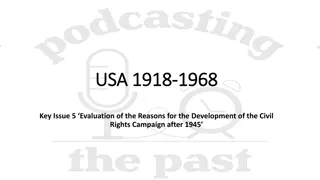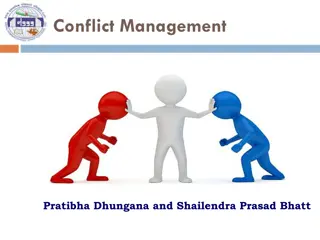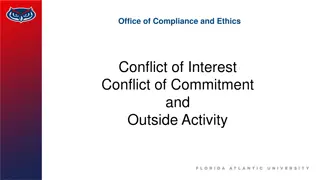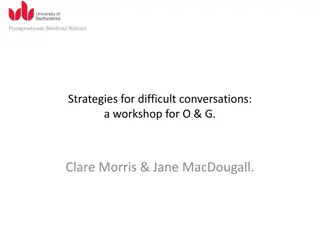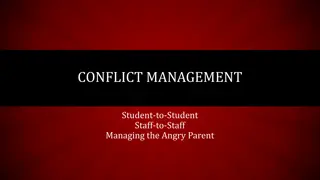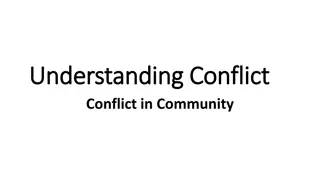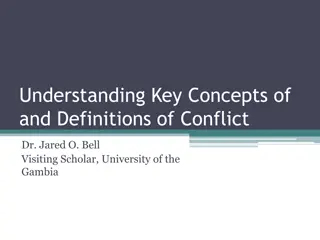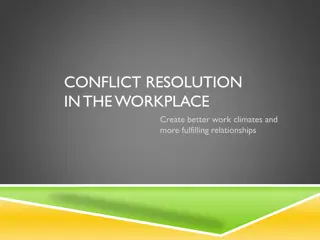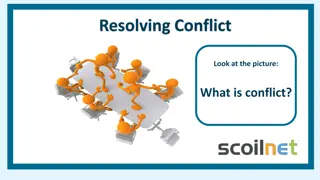World History: Conflict and Tension, 1918-1945 Analysis
Explore the topics of WWI aftermath, the Versailles Treaty, League of Nations, and WWII origins through source analysis and evaluation. Dive into the impact of WWI on countries, terms of the November Armistice, and compare the effects on Germany and the Allies. Develop a deep understanding of international relationships during this tumultuous period.
Download Presentation

Please find below an Image/Link to download the presentation.
The content on the website is provided AS IS for your information and personal use only. It may not be sold, licensed, or shared on other websites without obtaining consent from the author. Download presentation by click this link. If you encounter any issues during the download, it is possible that the publisher has removed the file from their server.
E N D
Presentation Transcript
Conflict and Tension, 1918-1945 Paper 1 Section B (Wider World Depth Study)
How will this be assessed? This section of the exam will contain 4 questions that you have to complete. You will be expected to analyse and evaluate a mixture of sources (made during the period) and interpretations (made outside the period).
How will this be assessed? The first topics covered will look at the end of WWI and the problems caused by the Versailles peace treaty. The later section of the course focuses on the causes of the Second World War, including lessons on the international relationships between the countries in Europe. The questions will cover 3 distinct topic areas: Part 1 Peacemaking Part 2 The League of Nations and International Peace Part 3 The Origins and Outbreak of WWII
Starter What do the images show about the impact of WWI on the countries involved? Write 3 ideas in the back of your book.
Peacemaking Counting the Cost Objectives 1. To compare the impact of WWI on Germany and the Allies. 2. To identify the terms of the 1918 November Armistice.
Task On your copy of the sheet complete the following: 1) Colour in the main countries in each power block remember the key. 2) Write a brief overview of how each country was affected by WWI in the corresponding box. Triple Entente Britain, France and Russia (until 1917). Central Powers Germany, Italy and Austria-Hungary.
Questions 1. Which country do you think suffered most as a result of the Great War? Explain your answer. 2. How do you think your answer for question 1 felt towards the opposition countries? Why?
Task In your own words summarise what the armistice was and the terms of the agreement. Ceasefire! On 11th November 1918 at 11:00am the armistice (ceasefire) brought the First World War to an end. Worldwide 8 million soldiers and 8 million civilians were killed. The terms of the November Armistice were harsh. These included: The German army had to surrender its equipment. The German navy had to surrender its submarines and most of its ships. A neutral zone was created on the banks of the Rhine. Germany would be expected to pay reparations (money) for the damage done. If Germany did not agree to the terms of the armistice then the allies would resume the war. Germany had no choice but to agree! In January 1919 the main countries involved in WWI met at the Paris Peace Conference to agree the terms of peace.



